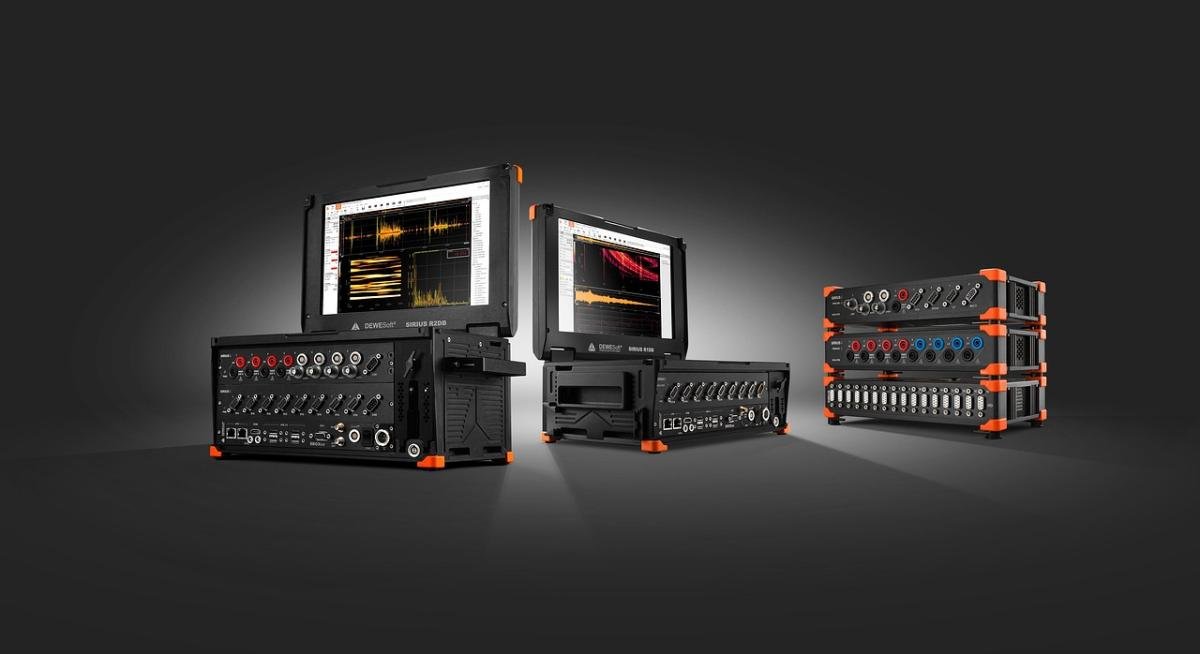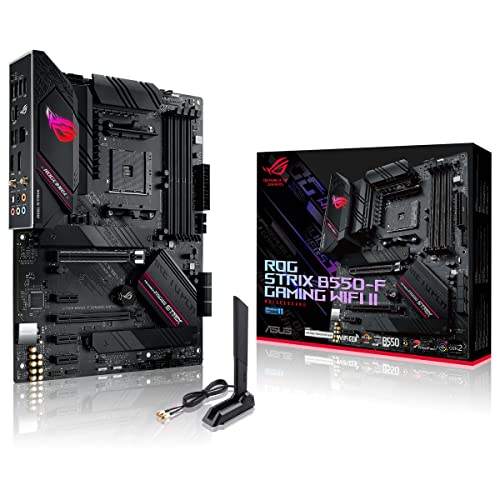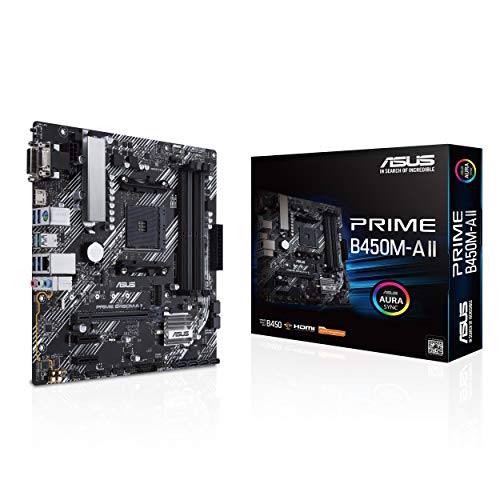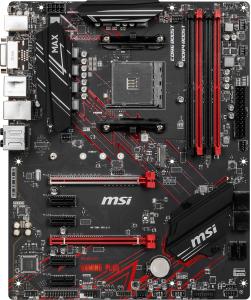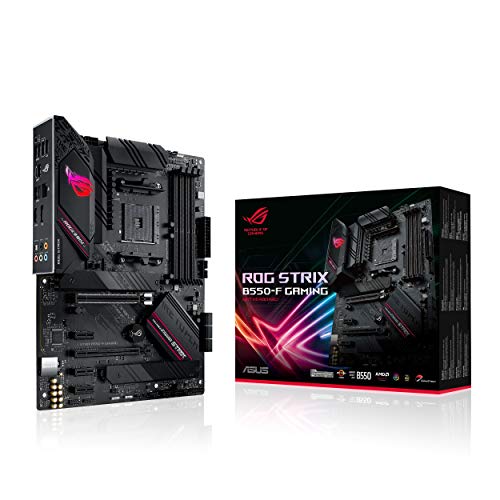Upgrading legacy systems allows users to extend the life of older PCs by integrating modern components. Transition strategies that replace critical hardware can significantly enhance performance, reliability, and efficiency without the cost of a completely new build.
- Evaluate the current system’s performance and identify components that most limit performance, such as outdated processors, memory, or storage.
- Prioritize upgrading the chipset, DDR memory, and NVMe storage to bring the system closer to modern standards.
- Ensure that the power supply and cooling solutions are compatible with new components for effective integration.
- Use legacy‑friendly motherboards or adapters that allow older systems to interface with modern peripherals and connectivity options, ensuring future scalability.
Revitalizing legacy systems through targeted component upgrades offers a cost‑effective pathway to enhanced performance. By strategically replacing outdated parts and optimizing integration, you can extend the longevity of your PC while achieving significant performance gains.
The Complete Guide to Legacy System Upgrades: Extend Your PC’s Lifespan with Modern Components
Breathing new life into an older PC doesn’t always require a full rebuild. By selectively replacing key hardware, you can achieve dramatic gains in performance, reliability, and efficiency—without breaking the bank. This in-depth guide walks you through proven legacy system upgrade strategies, from bottleneck analysis to compatibility considerations, so you can maximize your return on investment and enjoy a high-performance PC for years to come.
Introduction
Many businesses and enthusiasts hold onto older PCs long after their release, only to discover that a few targeted upgrades can unlock years of additional service. A legacy system upgrade focuses on swapping out the most limiting components—like outdated processors, slow hard drives, or memory-starved configurations—to deliver a revitalized computing experience at a fraction of the cost of a new machine.
In this article, you’ll learn how to:
- Evaluate your existing setup and identify the true performance bottlenecks
- Choose modern components that deliver the greatest impact (chipset, DDR memory, NVMe storage)
- Ensure power supply compatibility and adequate cooling
- Leverage legacy-friendly motherboards or adapters for seamless integration
- Plan a cost-effective, scalable upgrade path
Why Upgrade Legacy Systems?
- Cost Savings – Upgrades typically cost 20–40% of a new build.
- Environmental Impact – Extends the usable life of electronics, reducing e-waste.
- Familiar Software Environment – Preserve existing OS configurations, licenses, and data.
- Scalable Performance – Incrementally enhance CPU power, memory bandwidth, and storage speeds.
A thoughtfully executed upgrade delivers an efficient, reliable, and high-performance PC without the headaches of a full system migration.
Step 1: Performance Assessment & Bottleneck Identification
Before buying any new hardware, perform a thorough audit:
- Benchmark Your System – Use tools like PassMark, Cinebench, or PCMark to record current CPU, GPU, memory, and storage scores.
- Monitor Resource Usage – In Windows Task Manager or Linux htop, identify 90th-percentile CPU, RAM, and disk usage during typical workloads (web browsing, office apps, light gaming).
- List Outdated Components – Common culprits:
- Sub-3 GHz single- or dual-core processors
- 4 GB or less of DDR3 RAM
- Aging SATA HDDs with 100 MB/s sequential reads
By pinpointing where your system chokes under load, you can prioritize upgrades that deliver the biggest performance uplift.
Step 2: Modern Component Selection
Chipset Upgrade
Upgrading the motherboard chipset unlocks support for faster I/O, newer CPU sockets, and advanced features.
- Look for boards based on modern Intel Z690/Z790 or AMD X670/B650 chipsets
- Ensure compatibility with your chosen CPU (socket LGA1700 vs. AM5)
- Key features to consider:
- PCIe 4.0/5.0 lanes for GPUs and NVMe SSDs
- Integrated 2.5 GbE or Wi-Fi 6E networking
- Multiple M.2 slots with heatsinks
DDR Memory Expansion
Outdated memory is one of the simplest bottlenecks to eliminate.
- Upgrade from DDR3 to DDR4 or DDR5 modules
- Kit recommendations:
- 2×16 GB DDR4-3200 MHz for mainstream workloads
- 2×32 GB DDR5-5600 MHz for memory-intensive applications
- Enable XMP/EXPO profiles in BIOS for plug-and-play overclocking
NVMe Storage Integration
Swapping a mechanical disk for NVMe storage yields staggering improvement in boot and load times.
| Storage Type | Seq. Read/Write | Real-World Benefit |
|---|---|---|
| SATA SSD | 550/520 MB/s | Faster boot, snappier apps |
| PCIe 3.0 NVMe | 3,500/3,000 MB/s | Quick game/assets loading |
| PCIe 4.0 NVMe | 7,000/6,500 MB/s | Instantaneous large file transfers |
Install NVMe drives directly into M.2 slots on the new motherboard and use heatsinks or active cooling to maintain consistent performance under load.
Step 3: Ensuring Power & Thermal Compatibility
Modern components often demand more power and generate more heat:
- Power Supply:
- Verify your existing PSU’s wattage and rail stability
- Look for 80 Plus Gold or Platinum ratings for higher efficiency
- Ensure modular cables and 6/8-pin PCIe connectors for GPUs
- Cooling Solutions:
- Upgrade CPU coolers to tower-style air coolers or all-in-one liquid cooling
- Improve case airflow with high-static-pressure fans
- Monitor temperatures in BIOS or with tools like HWMonitor
Adequate power delivery and cooling preserve component longevity and maintain stable operation.
Step 4: Legacy-Friendly Motherboards & Adapter Solutions
You don’t have to abandon every legacy feature:
- Legacy Slots & Ports: Some modern boards include USB 2.0 headers and PCIe x1 slots for older expansion cards.
- PCIe Adapter Cards:
- M.2 to PCIe adapters enable NVMe drives on boards lacking M.2 slots
- USB 3.0 to USB 2.0 hubs preserve older peripherals
- BIOS/UEFI Support: Look for boards with robust backward-compatibility modes (CSM/Legacy BIOS).
Choosing the right motherboard or adapter ensures you can reuse valuable components while still embracing modern standards.
Step 5: Installation, Testing & Optimization
- Hardware Assembly – Follow manufacturer manuals to seat CPU, RAM, and NVMe drives correctly. Apply high-quality thermal paste and secure cooler mounting.
- BIOS Configuration – Enable XMP/EXPO memory profiles, set SATA/NVMe mode to AHCI, and update BIOS firmware for compatibility.
- Post-Upgrade Benchmarking – Repeat initial benchmarks to quantify gains (20–50% typical).
- Driver & Software Updates – Install chipset, storage controller, and network drivers from the manufacturer’s website.
Fine-tuning BIOS and drivers completes your system revitalization for reliable, repeatable performance.
Cost-Effective Upgrade Roadmap
| Tier | Components | Estimated Cost | Performance Gain |
|---|---|---|---|
| Entry Refresh | DDR4-3200 16 GB Kit, SATA SSD 500 GB | $150–$200 | +30% CPU & Memory speed |
| Midrange Boost | Z690 Motherboard, DDR5-5600 32 GB, PCIe 3.0 NVMe | $400–$500 | +60% overall performance |
| High-End Revival | X670E Motherboard, DDR5-6000 64 GB, PCIe 4.0 NVMe | $800–$1,000 | 2× faster app loads |
Tailor your upgrade to your budget, balancing cost-effective upgrades with desired performance targets.
Conclusion & Next Steps
Revitalizing a legacy PC with targeted chipset upgrades, DDR memory, and NVMe storage offers a cost-effective path to near-modern performance. By ensuring power supply compatibility, upgrading your cooling infrastructure, and choosing legacy-friendly motherboards, you preserve flexibility and future scalability.
Take the next step:
- Tune your System with the best hardware components
- Select a curated upgrade bundle below.
- Follow our installation and optimization checklist for seamless integration.
Explore Our Legacy Upgrade Kits
Transform your old PC into a powerful workstation—shop our handpicked upgrade bundles:
- Entry Refresh Kit: DDR4 16 GB + SATA SSD 500 GB + Power Supply Audit
- Performance Booster Kit: Z690 Motherboard + DDR5 32 GB + PCIe 3.0 NVMe SSD
- Ultimate Revival Kit: X670E Board + DDR5 64 GB + PCIe 4.0 NVMe + AIO Liquid Cooler
Visit our Legacy System Upgrade Collection and extend the life of your PC today!
